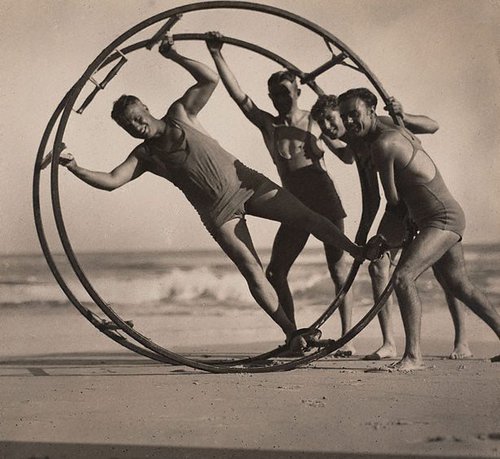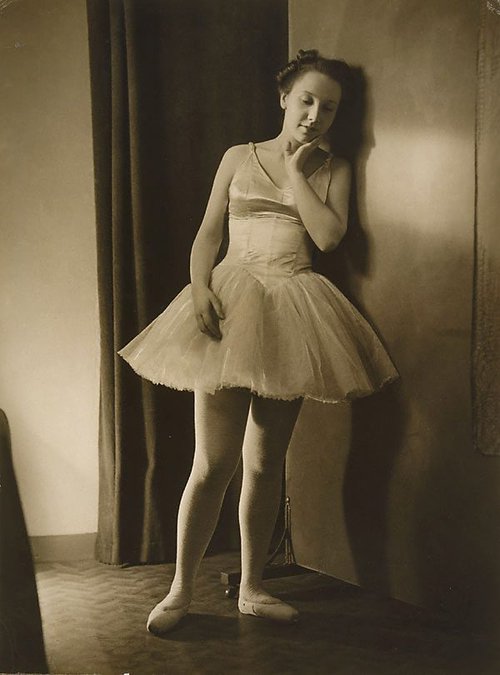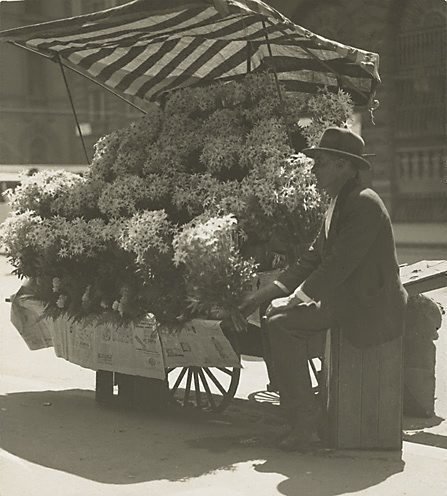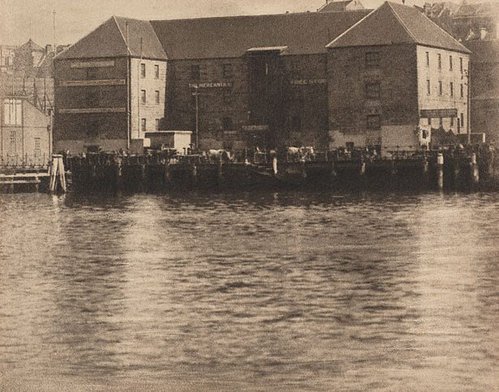Title
Martin Place, wet day
1910-1920
Artist
-
Details
- Date
- 1910-1920
- Media category
- Photograph
- Materials used
- gelatin silver photograph
- Dimensions
- 13.8 x 14.9 cm image/sheet; 14.3 x 15.3 cm card; 34.3 x 26.5 cm board
- Signature & date
Signed l.r. board, pencil "H Cazneaux". Not dated.
- Credit
- Gift of the Cazneaux family 1975
- Location
- Not on display
- Accession number
- 109.1975
- Copyright
- Artist information
-
Harold Cazneaux
Works in the collection
- Share
-
-
About
Martin place, wet day belongs to a collection of images Cazneaux shot in and around Martin Place during various times of day and weather. Melissa Miles cites this image when arguing for his versatility and ease with working in a range of conditions 1. Cazneaux mused in the column he published with The Sydney Mail under the pseudonym ‘Reflex’ that, ‘Considering the opportunities for pictorial photography that are afforded by wet and foggy days, it is surprising that so few enthusiasts indulge in such a fascinating branch of camera work’ 2. He claimed, ‘The beauty of such pictures is that all backgrounds are softened, and the minute details…which often distract from a pictorialist work, are reproduced only in masses’ 3. These sentiments are captured in Martin place, wet day where rain and artistic prowess combine to render the buildings and subjects beyond the mid-ground ethereal in the haze of soft light.
Harold Cazneaux was born in Wellington, New Zealand in 1878. His parents, Pierce Mott Cazneau and Emma Florence (née Bentley) worked in commercial studios in New Zealand before returning to settle permanently in Adelaide during the early 1890s. At the age of 18 Cazneaux went to work alongside his father at Hammer & Co studio as a retoucher. He moved to Sydney in 1904 to join the larger portrait firm, Freeman’s quickly ascending to the position of ‘chief operator’ (as camera portraitists were known). Studio work was highly formulaic, with little scope for creativity. Cazneaux used his time walking to and from work to experiment with pictorialist aesthetics 4. The Photographic Society of New South Wales organised an exhibition of Cazneaux’s photographs in 1909, the first such solo exhibition of its kind in Australia. In 1916 he and fellow pictorialist photographer, Cecil Bostock founded the Sydney Camera Circle. The group was particularly interested in the how pictorialism could be adapted to and extended within an Australian context. The mechanised, standardised and frenetic pace of Freeman’s increasingly took its toll on Cazneaux’s creativity and health, and he resigned in 1917. He moved with his wife and daughters to the Sydney suburb of Roseville, and in 1920 he was employed as the official photographer for The Home magazine. This new position let him work in a varied indoor and outdoor environments. In 1938 Cazneaux was awarded an Honorary Fellow of the Royal Photographic Society of London. He continued to work until his death in 1953.
1. Miles M 2015, ‘The Language of Light and Dark: Light and Place in Australian Photography’, McGill-Queen’s University Press, Montreal p 48
2. Cazneaux H (‘Reflex’) 1913, Photography, ‘The Sydney Mail’ 30 July p 54
3. Ibid
4. Newton G 1988, ‘Shades of Light: Photography and Australia 1839-1988’, Australian National Gallery, Canberra p 85 -
Exhibition history
Shown in 2 exhibitions
Harold Cazneaux, Art Gallery of New South Wales, Sydney, 22 Dec 1989–11 Mar 1990
Souvenirs of Sydney, Art Gallery of New South Wales, Sydney, 14 Mar 1992–10 May 1992




